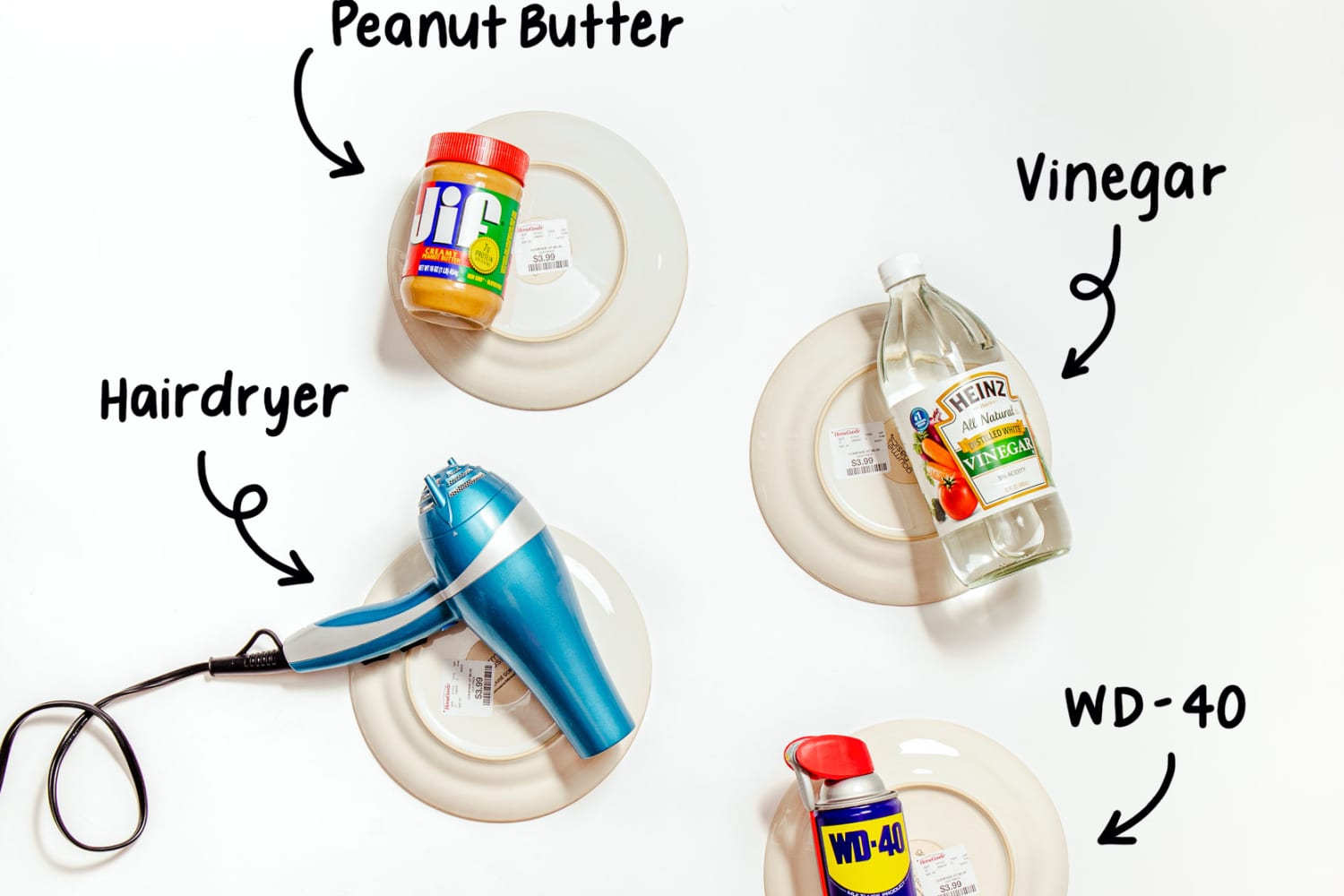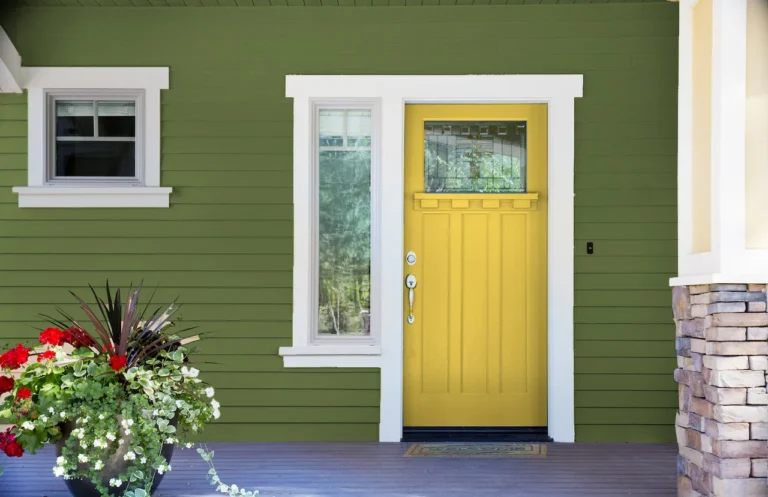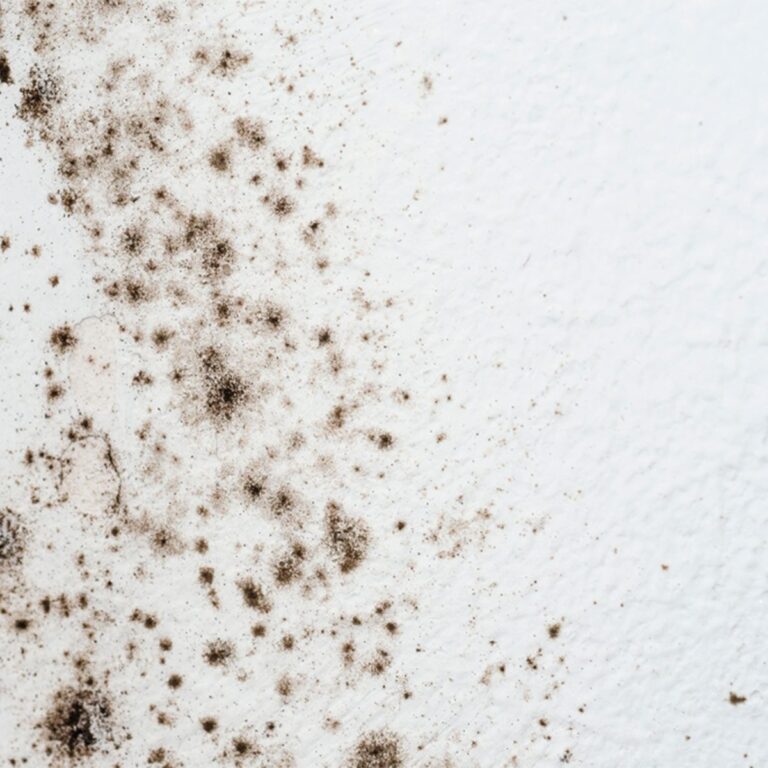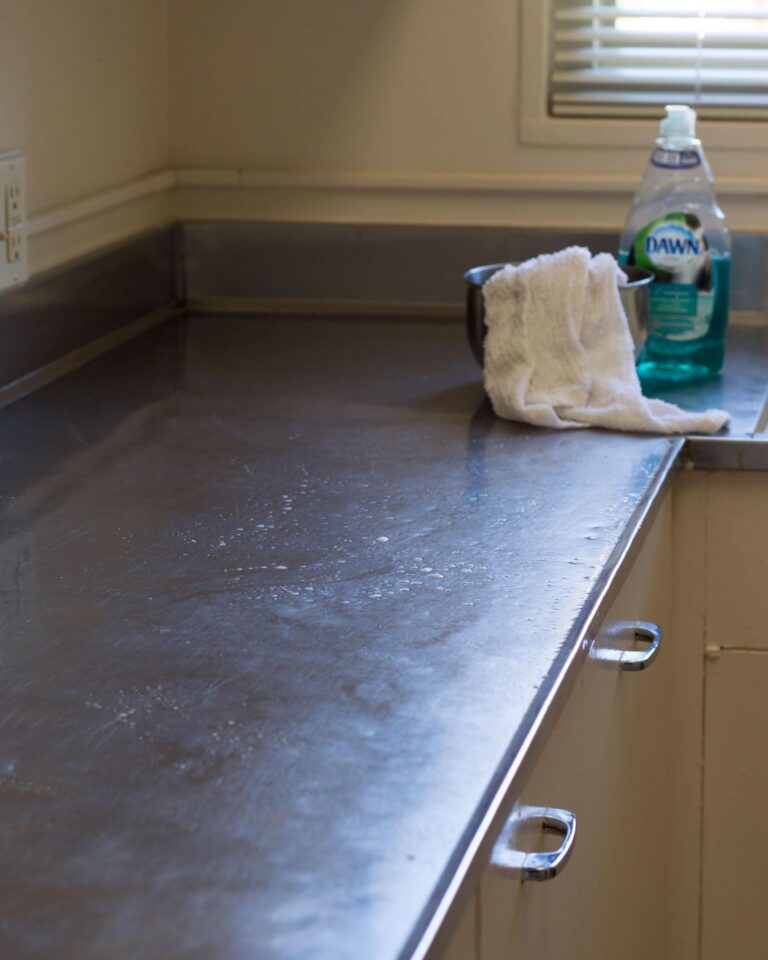How Do You Remove Sticky Label Residue?
Removing sticky label residue can be a frustrating task, especially when dealing with items that are delicate or have a delicate finish. Fortunately, there are several methods of removing sticky residue that don’t require harsh chemicals or expensive solutions. These methods range from using everyday household items such as rubbing alcohol and vegetable oil to more specialized items like carbon dioxide or a commercial sticker remover. With the right approach and the right supplies, you can get rid of sticky residue without damaging the item or its finish.
What Causes Sticky Label Residue?
Labels are an essential part of our lives, ranging from price tags in stores to product labels on items we use every day. We have all experienced the hassle of removing sticky label residue from surfaces either at home or in the workplace. But what causes this residue to form in the first place?
In most instances, sticky label residue is caused by the adhesive used to secure the label to the surface. Adhesives are typically made from a combination of polymers, which are designed to bond surfaces together. These polymers are usually oil-based which is why they are sticky. When labels are removed, some of the adhesive is left behind, resulting in the residue.
There are also different types of adhesives used for labels, ranging from water-soluble to pressure-sensitive. Water-soluble adhesives are designed to dissolve in water, while pressure-sensitive adhesives are designed to stick to surfaces with pressure. The type of adhesive used will affect how easy it is to remove sticky label residue.
It is also important to keep in mind that the surface you are trying to remove the residue from will also influence how difficult it is to remove the residue. Some surfaces, such as plastic or aluminum, are more difficult to remove sticky label residue from than others.
In conclusion, sticky label residue is caused by the adhesive used to secure the label to a surface. The type of adhesive used and the surface being cleaned will both play a role in how difficult it is to remove the residue. Knowing this information can help you choose the right product for the job and make it easier to remove sticky label residue.
What Products Can Be Used to Remove Sticky Label Residue?
Removing sticky label residue can be a tedious and time-consuming task. Fortunately, there are products available that can help make this chore easier. For example, Goo Gone is a popular product that can be used to help remove sticky label residue from objects like glass, plastic, and metal. Other products such as WD-40, rubbing alcohol, or vegetable oil can also be used. Additionally, some common household items such as baking soda, toothpaste, and white vinegar can be used to help remove sticky residue.
Before using any products to remove sticky label residue, it is important to test it on a small area first. This will help ensure that the product will not damage the item it is being used on. Additionally, it is important to ensure that the product being used is of good quality and will not cause any further damage.
In conclusion, there are several products available that can help remove sticky label residue. It is important to test the product in a small area before use and to ensure that the product being used is of good quality. By following these steps, it is easier to remove sticky label residue and help keep objects looking new.
How to Remove Sticky Label Residue from Glass, Wood, and Plastic Surfaces
Label residue can be a tricky problem to tackle. Whether it’s on glass, wood, metal, or plastic surfaces, sticky residue can be difficult to remove. It is important to carefully consider the surface material before using any cleaning products, as some products may damage the surface. Fortunately, with the right approach and the right materials, you can easily remove sticky label residue from any surface.
For glass surfaces, the easiest way to remove sticky label residue is to use a razor blade scraper. Start by heating the label with a hairdryer, then use the razor blade scraper to gently scrape away the residue. If the label is particularly stubborn, you may need to use a solvent such as rubbing alcohol or acetone.
Wood surfaces may require a different approach. Start by using a plastic scraper to gently scrape away the label residue. If the residue is still there, use a slightly damp cloth to wipe away the remaining residue. Make sure to use a gentle cleaner that won’t damage the wood surface.
Plastic surfaces are the easiest surface to clean. Start by heating the label with a hairdryer, then use a plastic scraper to gently scrape away the residue. If the label is still there, use a cotton swab and a gentle cleaning solution to remove the remaining residue.
Removing sticky label residue from glass, wood, and plastic surfaces can be a tricky job. However, with the right approach and materials, you can easily remove the residue from any surface. Start by carefully considering the surface material, then use the appropriate cleaning products and tools to remove the label residue.
How to Remove Sticky Label Residue from Clothing
Sticky label residue can be a nuisance, especially when cleaning up after a move or trying to spruce up furniture that has been sitting in storage for a while. Fortunately, removing sticky label residue is relatively easy with the right tools and techniques. This article will provide you with step-by-step instructions on how to remove sticky label residue from a variety of surfaces, including clothing, furniture, and more.
The first step is to identify what type of adhesive or glue was used on the label. This will determine what type of solvent or cleaner to use. For example, water-soluble adhesives can be removed with warm water and a mild detergent, while oil-based adhesives require a solvent such as rubbing alcohol or rubbing acetone.
Once you have identified the type of adhesive, the next step is to apply the appropriate solvent or cleaner to the sticky label residue. If you’re unsure about which cleaner to use, you can always test a small area first. Once the cleaner is applied, let it sit for a few minutes, and then scrape the residue away with a plastic scraper or a soft cloth.
Finally, use a damp cloth to wipe away any remaining residue and then allow the surface to dry completely. If the residue is still present, you may need to repeat the process. With a little bit of elbow grease and the right cleaning products, you’ll be able to remove sticky label residue from clothing, furniture, and more.

Tips for Avoiding Sticky Label Residue in the Future
Label residue can be annoying and difficult to remove, but there are ways to avoid it in the first place. To keep your surfaces clean and free from sticky residue, here are some tips to follow:
- Apply the label carefully and make sure it is evenly stuck to the surface. Any air bubbles or creases can cause residue to form.
- Use a label applicator if possible, as it will help ensure that the label is properly applied and secure.
- Check the label for any signs of damage before applying it. If it is already damaged, it is better to discard it and get a new one.
- Pre-treat the surface before you apply the label. Use a mild detergent to clean the surface and make sure it is completely dry before applying the label.
- Make sure the label is the correct size for the surface you are applying it to. Labels that are too big can easily form air bubbles or creases when applied.
By following these simple steps, you can help ensure that your labels are properly applied and won’t leave residue behind. With just a bit of extra care, you can keep your surfaces clean and free from sticky residue.
What to Do if You Can’t Remove Sticky Label Residue
When trying to remove a sticky label from a surface, residue can be left behind that won’t budge. This residue can be frustrating and make the surface look unsightly. Fortunately, there are several ways to remove sticky label residue, depending on the surface and type of adhesive.
For surfaces such as plastic, glass, and metal, try using a soft cloth or sponge and warm, soapy water. This will usually loosen any adhesive and allow you to wipe it away. If that doesn’t do the trick, you can try using a mild solvent like rubbing alcohol or WD-40. Be sure to test on a small area first to ensure that the solvent won’t damage the surface.
For fabrics, vinegar and baking soda are usually effective at removing adhesive residue. Dab a mixture of equal parts vinegar and baking soda onto the affected area and allow it to sit for a few minutes before scrubbing with a brush. You may need to repeat the process if the adhesive is particularly stubborn.
If you’re still having trouble removing the sticky label residue, try using a commercial adhesive remover. These products can be found in most hardware stores and are specifically designed to remove adhesives. Be sure to follow the instructions on the label and to wear protective gear when using the product.
No matter the surface, removing sticky label residue doesn’t have to be a daunting task. With the right tools and techniques, it can be done quickly and easily.
How to Recycle Packaging with Sticky Label Residue
When it comes to recycling packaging, sticky label residue can be a major issue. Fortunately, there are several easy and effective ways that you can get rid of the residue and make sure you’re able to recycle your product packaging without any hassles.
The first step is to determine what type of residue you’re dealing with. Depending on the type of label, you may need to use different techniques. Generally, labels made with a permanent adhesive can be more difficult to remove than those made with a removable adhesive.
One of the best ways to remove sticky label residue is to use a combination of heat and soap. Using a warm cloth or a hairdryer on the lowest and safest heat setting, gently warm up the label until it starts to bubble and loosen. Then, use a mild liquid soap and a soft cloth to rub off the residue.
Another great option is to use an oil-based product such as vegetable oil, olive oil, or baby oil. Simply apply the oil to the residue and let it sit for a few minutes. Use a soft cloth to rub off the residue.
Finally, you can also use a commercial product such as Goo Gone to remove sticky label residue. These products are designed to break down the residue and make it easy to remove with a cloth or a paper towel.
With these tips, you can safely and easily remove sticky label residue and make sure your product packaging is ready for recycling. By taking a few minutes to remove the residue, you can help contribute to a greener, more sustainable future.
FAQs About the How Do You Remove Sticky Label Residue?
1. What is the best way to remove sticky label residue?
A: The best way to remove sticky label residue is to use rubbing alcohol or a citrus-based cleaner to dissolve the adhesive. You can also try using a razor blade or a heat gun to scrape off the residue.
2. What can I do if the sticky label residue doesn’t come off?
A: If the sticky label residue won’t come off, you can try soaking a cloth in warm, soapy water and gently scrubbing the residue. You can also try using a commercial adhesive remover like Goo Gone.
3. Can I use a hair dryer to remove sticky label residue?
A: Yes, you can use a hair dryer to remove sticky label residue. Heat the area and carefully scrape away the residue with a razor blade. Be sure to keep the heat away from any plastic or painted surfaces.
Conclusion
Removing sticky label residue can be a tricky task. However, there are several methods available to help remove the residue, such as using a hairdryer, applying oil, or using a chemical solvent. Depending on the surface, one of these methods may work better than the others. In any case, it is important to test the method on a small area of the surface first to make sure it does not cause any damage. With the right approach, you can remove sticky residue from almost any surface.





